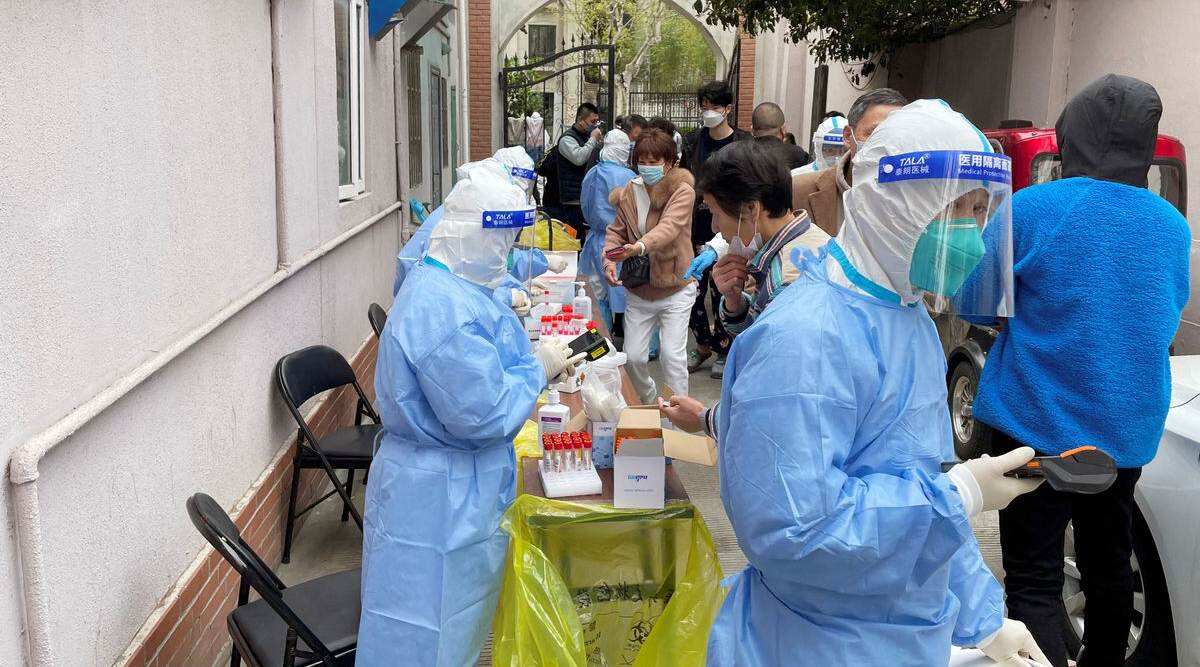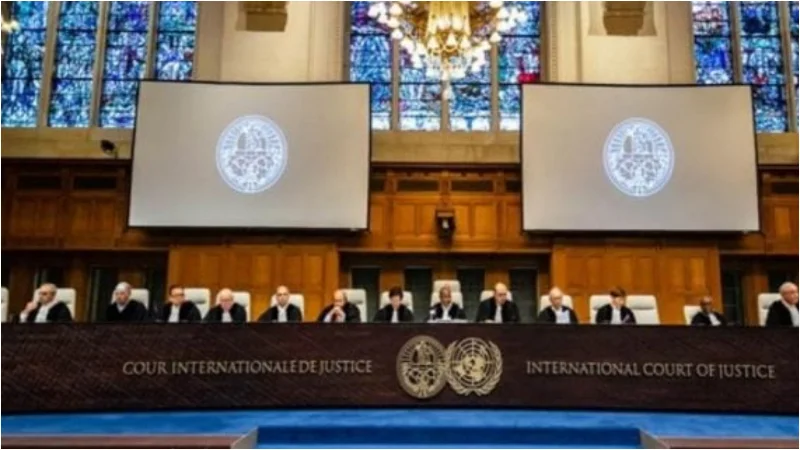BEIJING/SHANGHAI: On Sunday, millions of Beijing residents lined up for another round of COVID-19 testing as the Chinese city tries to track down and isolate every infection in order to limit a tiny but persistent outbreak — and avert a prolonged lockdown akin to Shanghai.
COVID restrictions in Beijing, Shanghai, and dozens of other major Chinese cities are having a psychological impact on the country’s citizens, pulling down the world’s second-largest economy and affecting global supply chains and international trade.
But, unlike many countries that are reducing or abandoning antiviral restrictions, Chinese authorities are steadfast in their determination to eradicate the coronavirus. The authorities threatened critics of the zero-COVID policy with legal punishment last week.
For more than a month, the majority of Shanghai’s 25 million residents had been confined to their housing compounds. Shanghai is China’s most populous city. Many people say they can’t buy food or seek emergency medical care or other basic services.
Parts of Shanghai have had their risk levels officially reduced to the point where they might theoretically leave their homes under government standards.
While some were permitted out for short walks or supermarket runs, the majority were remained confined to their complexes, prompting considerable discontent and, on rare occasions, clashes with hazmat-suited police.
Beijing was keen to avoid a public outcry, so it worked nonstop to track and isolate diseases.
Residents in the Chaoyang, Fangshan, and Fengtai districts, as well as tiny areas of other districts where diseases had been identified in the previous two weeks, lined up for another round of tests on Sunday.
In the capital, it has practically become an everyday occurrence. Many people still need to produce a recent negative result to get to work or visit other locations, even though they are not subject to the mass tests.
Beijing has shut down gyms and entertainment venues, restaurants have restricted dine-in services, and scores of bus routes and about 15% of its vast metro system have been shut down.
Many people did not want to risk being classified as close contacts of COVID patients, forcing them into quarantine. The streets were less crowded than usual. Those businesses that remained open suffered.
Since the outbreak, a barber who only wanted to be recognised by his surname Song said his salon in a high-end shopping mall in Chaoyang has seen considerably fewer clientele.
[embedpost slug=”/asian-games-2022-in-china-postponed-organisers/”]
“They’re terrified of irregularities in their health applications,” Song explained, referring to the mandatory mobile monitoring software for all residents. “There are malls and offices north of us that have been locked, and if they come, their apps might register them as close connections.”
Song said his salon would try to stay open as long as possible, but he didn’t know how long that would be. “Everyone has been shaken by this pandemic.”
The number of daily COVID cases in Beijing is in the dozens, far less than in Shanghai at this time in the outbreak, when infections were in the triple digits and climbing.
The number of cases in Shanghai reduced for the ninth day on Sunday, but remained in the thousands.
Shanghai, like other Chinese cities, is constructing hundreds of permanent PCR testing sites. With the majority of citizens remaining inside, this appears to signal a gradual return to normalcy as people return to the streets.
However, authorities have warned that this is still a long way off.
Top Chinese leaders met last week and pledged to resist any speech or action that misrepresented, questioned, or rejected the country’s COVID policy. Officials from the Shanghai Communist Party and the city government have also warned against complacency.




















